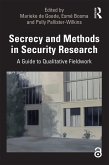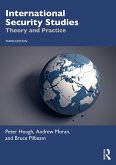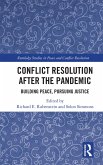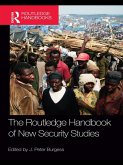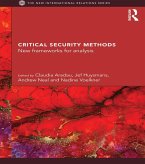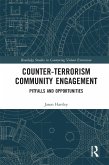This textbook is a practical guide to research design in this increasingly established field. Arguing for serious attention to questions of research design and method, the book develops accessible scholarly overviews of key methods used across critical security studies, such as ethnography, discourse analysis, materiality, and corporeal methods. It draws on prominent examples of each method's objects of analysis, relevant data, and forms of data collection. The book's defining feature is the collection of diverse accounts of research design from scholars working within each method, each of which is a clear and honest recounting of a specific project's design and development. This second edition is extensively revised and expanded. Its 33 contributors reflect the sheer diversity of critical security studies today, representing various career stages, scholarly interests, and identities. This book is systematic in its approach to research design but keeps a reflexive and pluralist approach to the question of methods and how they can be used. The second edition has a new forward-looking conclusion examining future research trends and challenges for the field.
This book will be essential reading for upper-level students and researchers in the field of critical security studies, and of much interest to students in International Relations and across the social sciences.
Dieser Download kann aus rechtlichen Gründen nur mit Rechnungsadresse in A, B, BG, CY, CZ, D, DK, EW, E, FIN, F, GR, HR, H, IRL, I, LT, L, LR, M, NL, PL, P, R, S, SLO, SK ausgeliefert werden.
Kyle Grayson, Newcastle University, UK
'This volume shows how doing critical and reflexive research can go hand-in-hand with rigorous methodology. The book is indispensable to researchers in critical security studies broadly defined, from graduate student to project leader. It is filled with useful practical examples and fascinating case studies. I have used it in my thesis seminar for years, and it is great that we now have an updated and expanded second edition, that combines attention to state-of-the-art theory with clear advice on practical means and modes of doing research.'
Marieke de Goede, University of Amsterdam, Netherlands
'If ''methods'' are off-the-shelf tools that can be casually picked up and deployed, then this is not a methods book. It is instead an invitation to critical inquiry, and a rich tapestry of examples showing how attitudes of reflexivity and a healthy skepticism about received concepts and categories are in no way incompatible with clear and sustained attention to questions of research design. This is a rich feast for critical researchers to devour.'
Patrick Thaddeus Jackson, American University, USA




